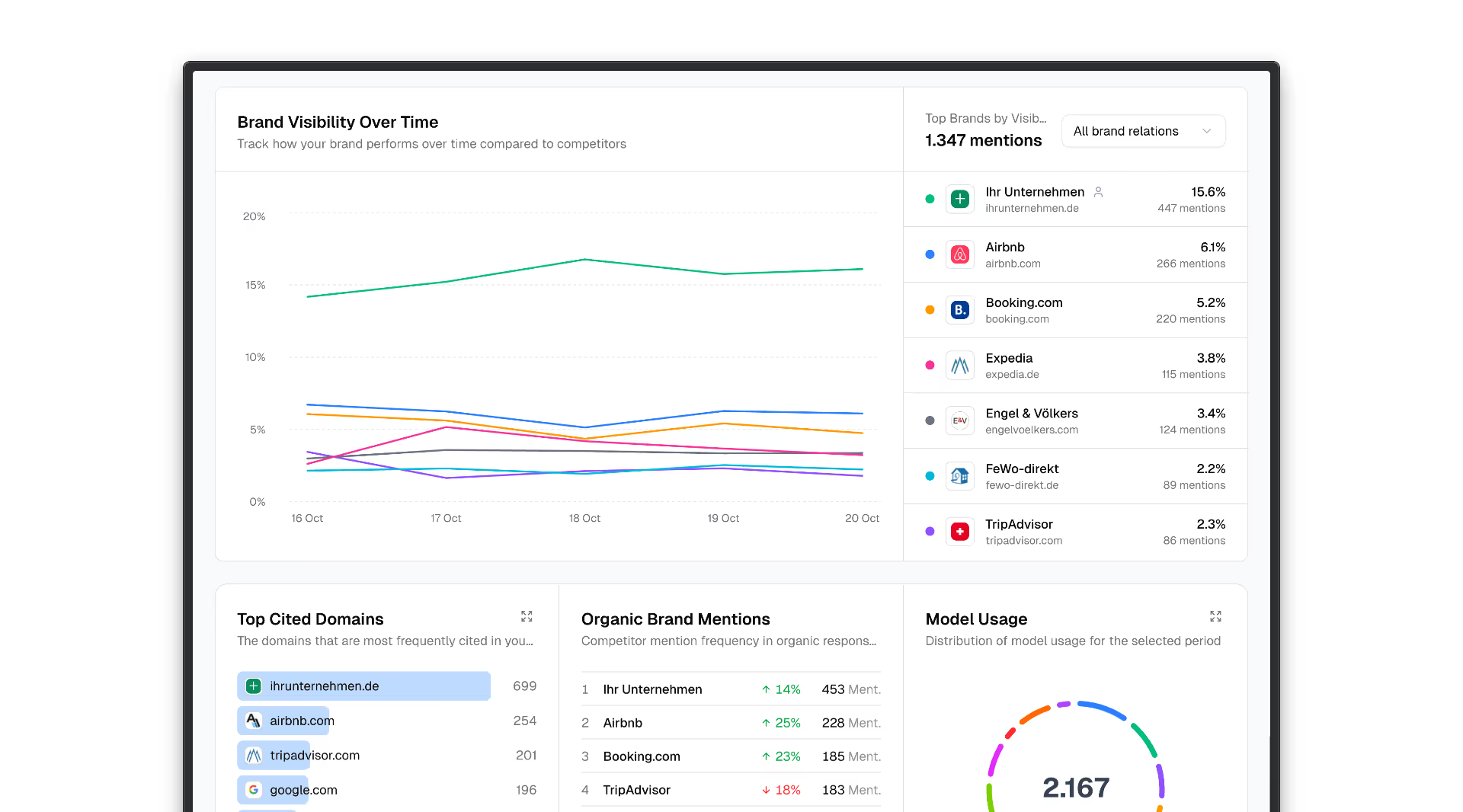What is responsive design?
Responsive design is an approach to web development and web design in which websites and web applications are designed and developed in such a way that they can adapt to different screen sizes, devices, and resolutions. The primary goal of responsive design is to ensure that users can enjoy an optimal user experience regardless of their device or screen access.
The most important features and techniques of responsive design are:
- Fluid layout: Instead of using fixed widths for layout elements, relative units such as percentages or EMs are used to ensure that content adapts proportionally to the size of the screen.
- Media queries: Media queries are CSS instructions that make it possible to change the style and arrangement of elements based on the properties of the display device. For example, you can define rules that apply to mobile devices, tablets, and desktop computers.
- Flexible images and media: Images and videos are scaled to look good on different screen sizes. This can be done through CSS or HTML attributes such as max-width and Height: car be achieved.
- Navigation customization: Navigation is often redesigned to be more accessible on small screens, for example by replacing desktop menus with mobile menus.
- Touch screen support: Mobile devices often use larger buttons and interactive elements to make touchscreen operation easier.
- Accessibility: Responsive design should ensure that content is accessible to people with disabilities on different screens. This includes using semantic HTMLs and taking accessibility standards into account.
Responsive design is critical because it ensures that websites and applications are optimized for the wide range of devices and screen sizes that users use. It helps improve user experience, reduce bounce rate, and ensure accessibility. It's also an important factor when it comes to SEO, as search engines prefer mobile-friendly websites. Implementing responsive design is essential in today's digital world.
